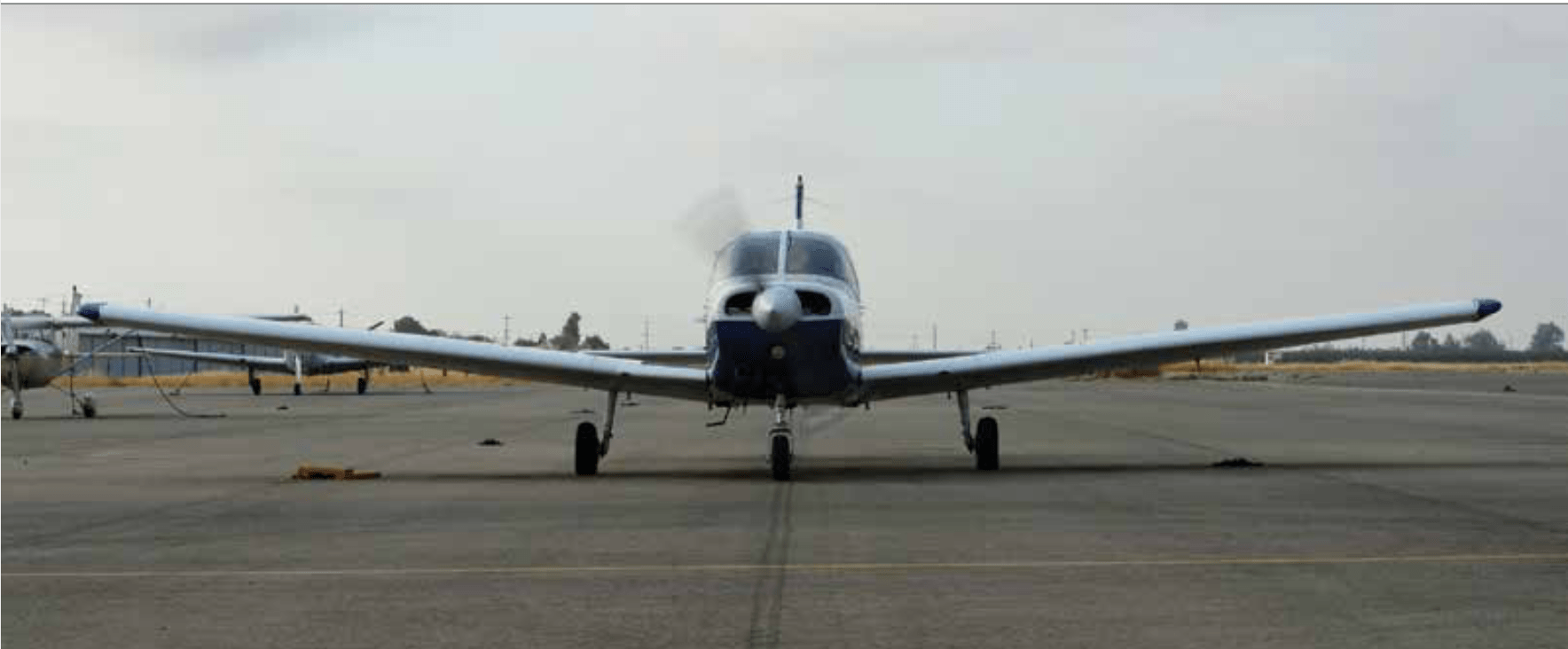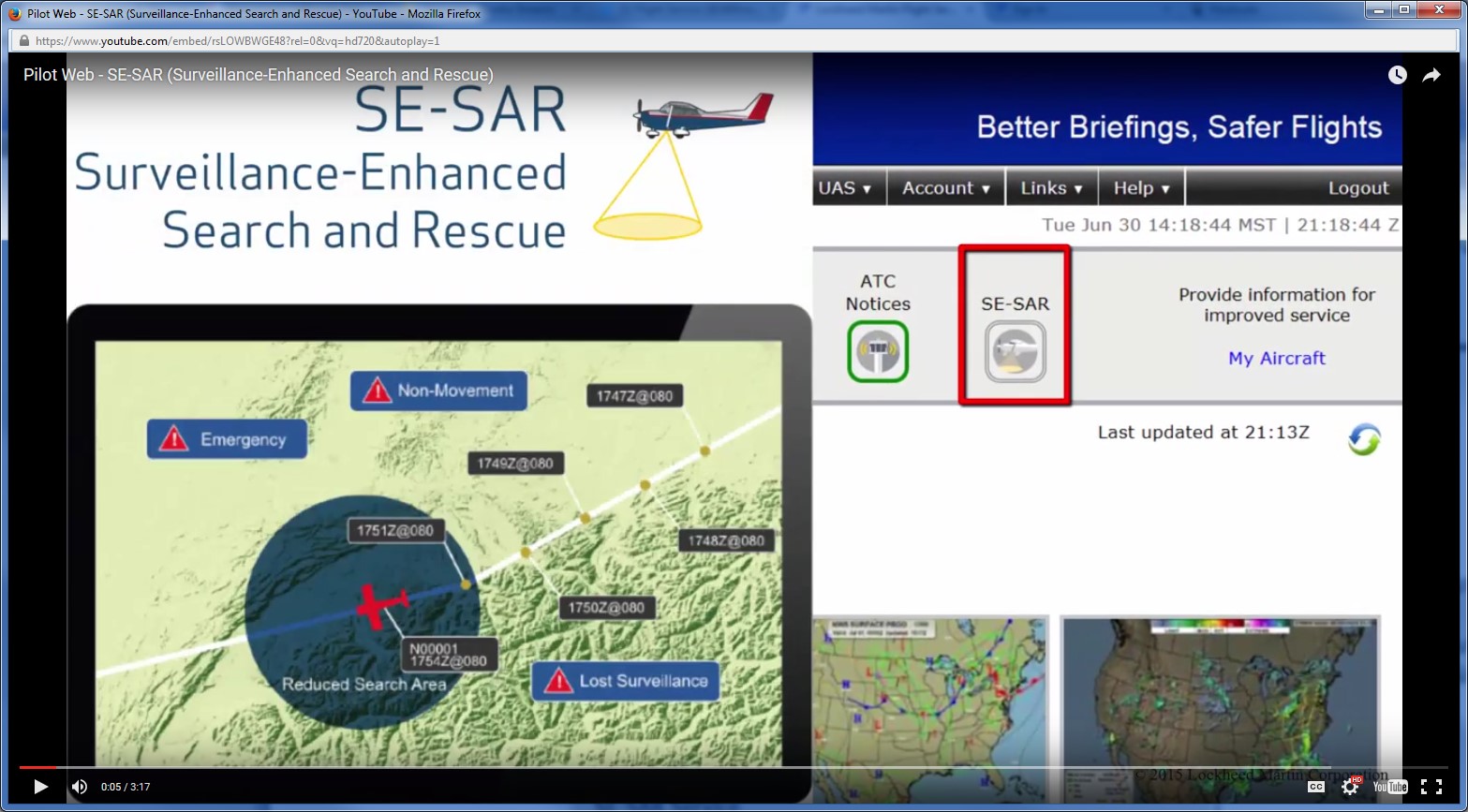Aircraft Call Signs Lookup - Call signs in aviation are drawn from different policies, depending on the type of flight operation and whether the call is on the aircraft or at a ground facility. In most countries, non-scheduled heraldic flights are identified by a callsign (also known as an N-number or tail number in the US) which corresponds to the aircraft's registration number. In this case, the call sign is a phonetic sign using the International Civil Aviation Organization (ICAO) phonetic alphabet. Internationally, aircraft registration numbers follow the pattern of a country prefix followed by a unique identifier consisting of letters and numbers. For example, an aircraft registered as N978CP on a Herald Aviation flight uses the call sign November-nine-eight-eight-Charlie-Pope. However, in the United States, airline pilots usually do not call November and instead use the name of the aircraft manufacturer or the specific model. Sometimes pilots can omit the preceding extra numbers and use only the last three numbers and letters. This is especially true for uncontrolled fields (without control towers) that report traffic pattern positions, or airports that have a tower after establishing two-way communication with the tower controller. For example, the left base of the Skyhawk eight-Charlie-Papa (see below).
On the fuselage is a US Herald Aviation aircraft with an FAA civil registration number (N98710) that doubles as a callsign. However, since it is a civilian air patrol aircraft, it is identified by CAPxxxx depending on the country it is from.
Aircraft Call Signs Lookup

In most countries, the aircraft's call sign or "tail number"/"tail letters" (also known as registration marks) are attached to the International Radio Call Sign Allocation Table, and aircraft radio stations (and by extension, the aircraft itself) are assigned five letters Call sign.. For example, all British civil aircraft have a five-letter call sign with G. Canadian aircraft have a call sign with C–F or C–G, such as C–FABC.
Canadian Private Aircraft Registrations At A Glance (as Of December 31, 2020)
In Canada, ground vehicles (pilots) are eligible for callsigns C-Hxxx, and very light aircraft are eligible for callsigns C-Ixxx. In earlier days, American aircraft used five letter callsigns such as KH-ABC, but these were replaced by the current American system of civilian aircraft callsigns (see below) before World War II.
The hyphen ("-") in the registration is only present on the fuselage of the aircraft for easy reading. Hyphenation is not used in air traffic control systems (ATC radar screens, flow control systems, etc.) and flight plan forms (eg PHVHA, FABCD, CFABC).
The call sign may be shortened after the aircraft has established contact with air traffic control. Sometimes the make or model of the aircraft is used before the full or abbreviated call sign, for example the American aircraft may use the Cessna Eight-Charlie-Papa mentioned above. Alternatively, the initial letter of the callsign may be combined with the last two or three characters, for example a British aircraft registered G-BFRM may be designated Gulf-Romeo-Mike, while an American aircraft may use November-Eight-Charlie-. Father. . Using abbreviated callsigns when aircraft with similar callsigns are in the same area has its own dangers. Therefore, abbreviations are used only when they are unambiguous.
Commercial operators, including scheduled airlines, air cargo and air taxi operators, usually use an ICAO or FAA registered call sign for their company. In accordance with ICAO Annex 10 5.2.1.7.2.1 - Type C complete call sign, the call sign consists of the telephone designation of the aircraft operator followed by the flight identifier. The flight ID is often the same as the flight number, but if two or more closely related flights have similar flight numbers (eg KLM649 and KLM645 or BAW466 and BAW646) they may differ due to call sign confusion. For example, British Airways flight 75 uses the callsign Speedbird Sev-Five because speed-bird is the telephony designation for British Airways and flight 75 is the identifier. (Telephony indicator is not the same as call sign, but sometimes the two are confused). Pan Am had the Clipper call sign. (see list)
Iowa Dot Aircraft Registration
The correct usage for these callsigns varies by country. In some countries, such as the United States, numbers are usually pronounced rather than written in numerals (for the example above, speed-bird seventy-five), leading to the possibility of confusion. In most other countries, including the UK, they are recorded.
Air taxi operators in the US sometimes do not have a registered call sign, in which case the prefix T is used, followed by the aircraft's registration number (eg Tango-November-Niner-Sev-Acht-Charlie-Papa).
There are several variations of call signs to signal safety concerns for all operators and controllers monitoring transmissions. Aircraft call signs use the suffix "heavy" for heavy aircraft to indicate an aircraft that generates significant wake turbulence, e.g. United Two-Five Heavy; All airworthy aircraft with a gross take-off weight greater than 136 tons (300,000 lb) must use this suffix, regardless of whether they operate at this weight during a given flight period. These are usually Boeing 747, Boeing 767, Boeing 777, Boeing 787, Airbus A300, Airbus A310, Airbus A330, Airbus A340, Airbus A350, DC-10, MD-11, Lockheed L-1011 aircraft. Although the Boeing 757 does not reach the MTOW of 136 tons, it is included in the list of the heaviest aircraft due to the strong wake turbulence. The suffix "Super" is used for the Airbus A380 and the Antonov An-225.

For air ambulance services or other life-saving flights (for example, an aircraft transporting a person suffering from a heart attack), the call sign is "Medevac".
Finding Your Tail Number (when You Can't See It)
For non-life-threatening flights (such as transport for organ transplants), the prefix "Pan-Pan-Medical" is prefixed to the normal call sign, e.g. Pan-Pan-Medical Three-Three-Alpha, Pan-Pan-Medical Northwest Four-Five-Eight or Pan-Pan-Medical Singapore Nine-Two-Three. Pan Pan (pronounced "pahn-pahn") is the radio signal for "urge" and Mayday is the radio signal for "difficulty". For air ambulance services with established call signs, this word may be omitted, especially if they inform the air traffic control operators at the beginning of the flight that they are on an air ambulance mission and do not transfer from one controller to another. Life Flight Ambulance Service can be defined as for example Life-Flight Three. An aircraft declaring an in-flight emergency sometimes adds the word Mayday to the call sign.
Australia's Royal Flying Doctor Service (RFDS) uses "FlyDoc" after the three assigned numbers as aircraft call signs. An example of this is FlyDoc425, based in Bundaberg, Queensland and used as part of the Air Ambulance Service for Queensland.
In the past, one of the rarer callsigns, "Concord", was once used to identify British Airways' Concorde aircraft. The purpose of this call sign was to raise the awareness of air traffic control operators about the aircraft's unique performance and the special attention it requires. The call sign was added to the usual British Airways radio call sign, e.g. "Speedbird-Concorde One".
Air France, the only other airline operating the Concorde commercially, did not use the "Concorde" callsign at all in normal service; its Concorde flights use the Airfrans standard call sign.
How To Register For Your Frn
Glider pilots may often use one of three different callsigns. Many (but not all) gliders now display standard CAA heraldic aviation registrations eg: G-xxxx which can be called using the same call sign and abbreviation rules as other light aircraft. It already exists in the United States. Before the arrival of these registrations (between 2004 and 2008) they used, and generally still use, a three-letter code given by the British Glider Association to all gliders, known as the aircraft trigraph. XYZ usually calls ATC "Glider X-Ray, Yankee, Zulu" or, if they pay extra, they can get a numeric or mixed numeric and alphanumeric code known as the race number and call sign from BGA to mark their aircraft. For example, R4 "Romeo Four" or 26 "Two Six" or F1 "Foxtrot One". Auxiliary gliders usually indicate "glider" before the callsign to alert ATC units to let them know that the glider cannot maintain a certain altitude, as gliders usually descend or circle in a straight glide. climb Some gliders are still not required to carry a CAA General Aviation type registration because they are old designs or prototypes and can therefore continue to use only the trigraph or race number as a callsign. As they are listed in EASA Annex II, they are known as Annex II aircraft.
Military aircraft use different call signs during flight. Administrative call signs are used by air traffic controllers, such as commercial operators. for example Navy Alpha-Golf-Two-Zero-One, Reach-Three-One-Sev-Nine-Two.
Tactical call signs are used during tactical units
Aircraft call signs list, aircraft signs, aircraft tail number lookup, aircraft n number lookup, military aircraft call signs, aircraft call signs alphabet, ham call signs lookup, aircraft call sign lookup, aircraft owner lookup, faa call signs lookup, aircraft call signs, call lookup